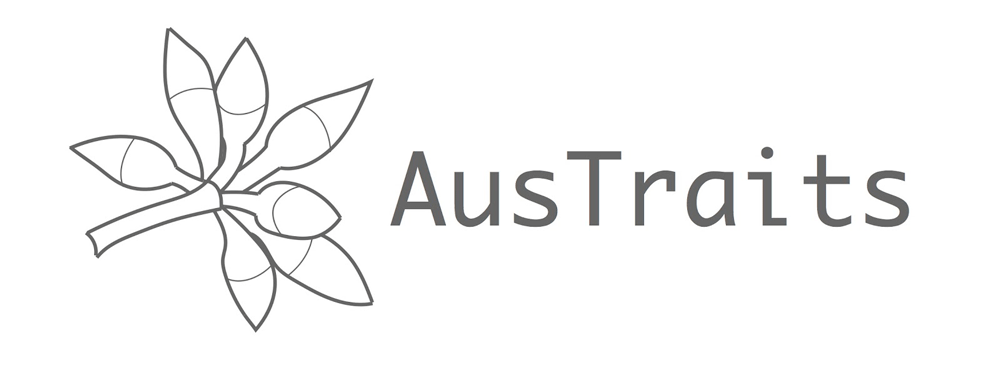Online Resources
Occurrence records map (0 records)
Datasets
datasets have provided data to the Atlas of Living Australia for this subspecies.
Browse the list of datasets and find organisations you can join if you are interested in participating in a survey for species like Chrysocephalum semipapposum subsp. lineare
Types
Specimens
Images
Misidentified

Names and sources
| Accepted Name | Source |
|---|---|
| Chrysocephalum semipapposum subsp. lineare |
|
| According to:Council of Heads of Australasian Herbaria (31 July 2018), Australian Plant Census | |
| Published in:Wilson, Paul G. (13 May 2016), A taxonomic treatment of Chrysocephalum apiculatum and C. semipapposum (Asteraceae: Gnaphalieae). Nuytsia 27 [67-68] | |
| Synonym | Source |
|---|---|
| Helichrysum semipapposum f. sulcaticaule heterotypic |
|
| Published in:Gandoger, M. (1918), Sertum plantarum novarum. Pars prima. Bulletin de la Société Botanique de France 65 [44] | |
| Helichrysum semipapposum f. sarcodes heterotypic |
|
| Published in:Gandoger, M. (1918), Sertum plantarum novarum. Pars prima. Bulletin de la Société Botanique de France 65 [44] | |
| Helichrysum semipapposum f. porrectum heterotypic |
|
| Published in:Gandoger, M. (1918), Sertum plantarum novarum. Pars prima. Bulletin de la Société Botanique de France 65 [44] | |
| Helichrysum semipapposum f. maidenii heterotypic |
|
| Published in:Gandoger, M. (1918), Sertum plantarum novarum. Pars prima. Bulletin de la Société Botanique de France 65 [44] | |
| Gnaphalium ciliatum () heterotypic |
|
| Published in:Schultz (Bipontinus), C.H. (1845), Ueber die Gattung Gnaphalium L. Botanische Zeitung 3 [171] | |
| Chrysocephalum ciliatum () heterotypic |
|
| Published in:Steetz, J. in Lehmann, J.G.C. (ed.) (1845), Compositae. Plantae Preissianae 1(3) [474] | |
| Helichrysum ciliatum γ cunninghamii heterotypic |
|
| Published in:Candolle, A.P. de in Candolle, A.P. de (ed.) (1838), Compositae. Prodromus Systematis Naturalis Regni Vegetabilis 6 [196] | |
| Helichrysum ciliatum β sieberi heterotypic |
|
| Published in:Candolle, A.P. de in Candolle, A.P. de (ed.) (1838), Compositae. Prodromus Systematis Naturalis Regni Vegetabilis 6 [196] | |
| Helichrysum ciliatum α urvillei heterotypic |
|
| Published in:Candolle, A.P. de in Candolle, A.P. de (ed.) (1838), Compositae. Prodromus Systematis Naturalis Regni Vegetabilis 6 [196] | |
| Helichrysum ciliatum var. ciliatum heterotypic |
|
| Published in:Candolle, A.P. de in Candolle, A.P. de (ed.) (1838), Compositae. Prodromus Systematis Naturalis Regni Vegetabilis 6 [196] | |
| Helichrysum ciliatum heterotypic |
|
| Published in:Candolle, A.P. de in Candolle, A.P. de (ed.) (1838), Compositae. Prodromus Systematis Naturalis Regni Vegetabilis 6 [195] | |
| Helichrysum ciliatum γ cunninghami unreviewedSynonym orth. var. |
|
| Common Name | Source |
|---|---|
| Clustered Everlasting preferred Australia Australia |
| Name | Source |
|---|---|
| Chrysocephalum semipapposum subsp. lineare accepted |
|
| Identifier | Source |
|---|---|
| https://id.biodiversity.org.au/taxon/apni/51268321 Taxon current |
|
| https://id.biodiversity.org.au/instance/apni/51268307 Taxon Concept current |
|
| https://id.biodiversity.org.au/name/apni/6655646 Scientific Name current |
|
| http://id.biodiversity.org.au/taxon/apni/51268321 Taxon unknown |
|
Classification
- kingdom
- Plantae
- phylum
- Charophyta
- class
- Equisetopsida
- subclass
- Magnoliidae
- superorder
- Asteranae
- order
- Asterales
- family
- Asteraceae
- genus
- Chrysocephalum
- species
- Chrysocephalum semipapposum
- subspecies
- Chrysocephalum semipapposum subsp. lineare
Charts showing breakdown of occurrence records (0 records)
Name references found in the Biodiversity Heritage Library
| Data sets | Licence | Records |
|---|

The trait data shown here are a selection from AusTraits, an open-source, harmonised database of Australian plant trait data, sourced from individual researchers, government entities (e.g. herbaria) or NGOs across Australia. Traits vary in scope from morphological attributes (e.g. leaf area, seed mass, plant height) to ecological attributes (e.g. fire response, flowering time, pollinators) and physiological measures of performance (e.g. photosynthetic gas exchange, water-use efficiency.)
These traits are a sampler of those available in AusTraits. The data presented here are summary statistics derived from all field-collected data on adult plants available from AusTraits. Since the data presented are derived from the wide variety of sources in AusTraits, both the numeric trait statistics (min, mean, max) and categorical trait summaries (frequency of each trait value) that have been merged together could include data collected using different methods. The values presented for this species may reflect a summary of data from one or many sources, one or many samples from one or many adult plants at one or many locations. They may therefore differ from those presented elsewhere on the ALA platform and users are encouraged to download a spreadsheet of the full AusTraits data for this species via the download CSV button to view the accompanying details about the data sources before further use.
Categorical Traits
* Data sources in AusTraits report multiple values for this trait, suggesting variation across the taxon's range and life stages. Please download the raw data with information about the context of data collection to assess whether they are relevant to your project.| Trait Name | Trait Value | Definition |
|---|
Numeric Traits
| Trait Name | Min | Mean | Max | Unit | Definition |
|---|
